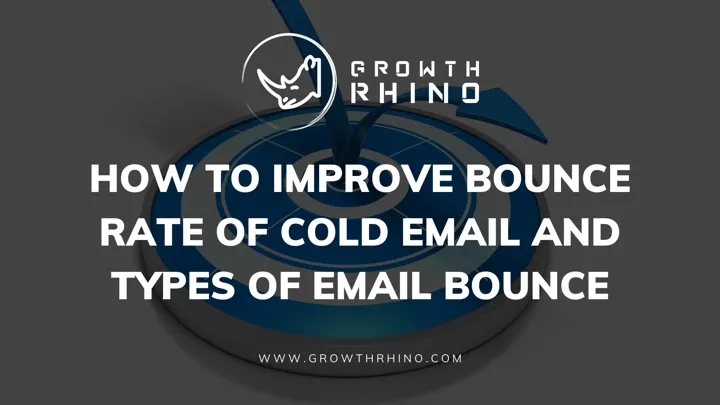
Online visibility is a key accelerator for any company to have successful marketing campaigns. Engaging with your audience in the right way offers immense online visibility that can help you reach a broader audience base. But there arises a problem when your emails go unanswered or get bounced, and it is the most frustrating aspect of email marketing.
Bounced emails can be detrimental to your email deliverability and the campaign's success. So rather than ignoring them, one must look out for ways to improve them, and there are many ways to make it to your readers' inboxes.
Since digital marketing is all about conversion, it is vital to have a grip over the bounce rate to better your email marketing results.
This article explains everything about email bounce rate and how it is an essential factor to reach your target audience online.
What is Email Bounce Rate?
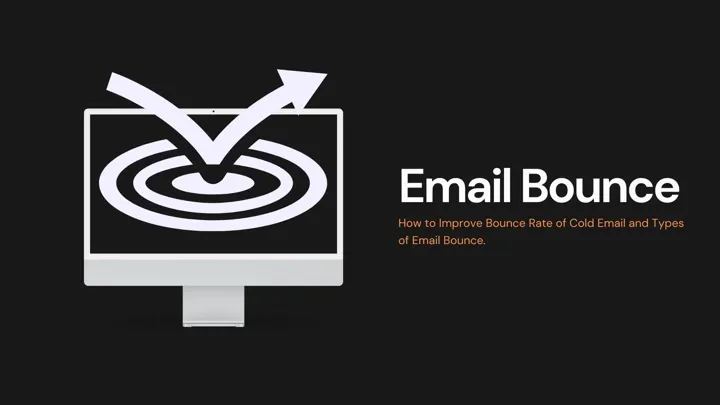
The email bounce rate refers to the percentage of emails that bounce back or come back to you because the recipients' server didn't accept them. So when you are unable to deliver your emails to email addresses, bounces happen. These bounces can happen because of various underlying problems. For the success of an email marketing campaign, the bounce rate should be lower. The lower the bounce rate, the better the campaign's potential, which means more emails are landing on the right spot than those that are not.
Essentially, there are two types of email bounces:
1) Soft Email Bounce:
Soft email bounce occurs when there are technical difficulties or temporary problems while sending the email. These include network issues or when the receiver's inbox is full or the email exceeds the given size limit. However, in soft bounce, there is a chance that the email might get delivered.
2) Hard Email Bounce:
Hard bounce rate refers to permanent sending failures. When the email is sent to an invalid email address or the email account is no longer used, or it is an outdated domain. Such emails are returned with a failed delivery notification, and they will never reach the target recipient.
What is a Good Email Bounce Rate?
It is important to understand that a small number of emails would get bounced over time either due to changed or abandoned email addresses, temporary issues, or people changing jobs. According to the survey conducted on bounce rate for top industry giants, the average bounce rate was below 1%. However, the benchmark is set at less than 2%. Anything above 2% indicates a significant problem worthy of your attention.
For instance, if you send 1000 emails, you should have less than 50 bounces. Only then your bounce rate in email marketing will be considered good.
While 2% is just an industry average, it is important to understand that bounce rate varies from industry to industry. There are a lot of factors that come into play while considering email bounce rates for different industries. These factors include demographics, the day of the week when the email is sent, and the time for sending an email or a specific sector within the market. For instance, the retail industry has a bounce rate as low as 0.69%, and advertising and marketing agencies have higher bounce rates of 1.29%, which are considered healthy, and so on.
Reasons Why Does an Email Bounce?
There are numerous reasons behind your emails getting bounced. We have listed some of the most common ones:
- The receiver or the recipient no longer has direct access to the email account you sent the email to.
- The email account has remained dormant for a long time, or the whole account database has been deleted.
- The email server is under maintenance or construction, resulting in a line fault.
- The recipient has no space in the inbox to receive further emails.
- You, as a sender, are in the blocked list or blacklisted.
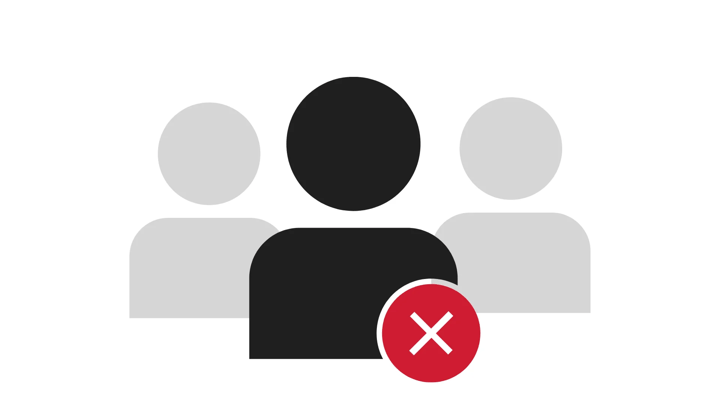
There can be many reasons for email bounce. However, it is important to focus on the bounce rate of the email because if that is found at a questionable stage, you will have to look for better ways and improve your methods.
Why Reduce Email Bounce Rate?
Bounced emails negatively impact your sender reputation and are seen as a missed marketing opportunity. They were the visitors who visited your website, made a significant online presence but left without interacting.
In digital marketing, online engagement is key. Having millions of online visitors is useless if you can't lead them to a single conversion.
So reducing your email bounce rate is essential, and for that, you need to make a great first impression before your potential customers to make them stay. If they are happy with what you are offering, they are sure to visit your website and might stay longer there, which assures they will come back. All this takes you a step closer to conversion.
Thus, reducing your bounce rate with effective strategies improves your conversion rates. And, this does not necessarily need an expansive budget and effort.
Here Are Some Tips to Improve Bounce Rate:
Bounce rate in email marketing is an important parameter that decides the success of your marketing campaign, and therefore maintaining it at less than 2% is crucial. If you find your bounce rate higher than usual, follow these tips to improve it:
1) Use Double Opt-Ins:
Double opt-in helps you to confirm that the recipient is putting in a valid and correct email address for further communication. In this way, the chances of false emails or emails going to inactive accounts decrease significantly.
Under this method, when the recipient enters their email address, a confirmation email is sent to that particular address. When the recipient clicks on the "Confirm" option in the corresponding email, they are added to the email list. This step ensures the address is valid and accepts emails.
2) Maintain an Updated List:
As you keep on adding email addresses to your email list without its regular clean-up, it gets populated with many inactive accounts, which can increase your bounce rate. Thus, make sure to keep your email list healthy, active, and updated to keep everything streamlined.
You can either detect the inactive accounts or the accounts that have been dormant for a long time. Since it is a difficult option, consider a retargeting campaign. If you detect no activity or response from a particular recipient, you can delete their addresses from the list. This cleans and updates your list.
3) Avoid Email Spamming:
As per a recent study, nearly 54% of the global emails sent are somehow spam. There are certain subtle qualifiers that email providers use to detect spam emails, and your emails might unknowingly fall into this category, which is pretty unwanted.
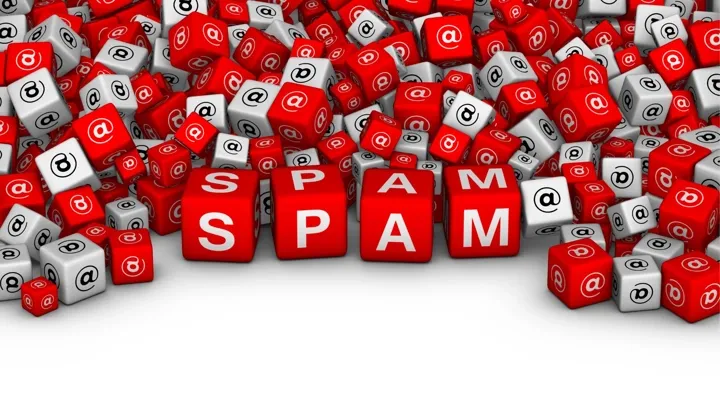
To cut through the spam filter and get a handy save from it, do not use the same pictures and avoid copy-pasting at all costs. Certain phrases directly alert the spam filter, which you should avoid at all costs. Some of these phrases are:
- Act now!
- Cash bonus
- Big bucks
- Make money
- No catch
- $$$
- Free offer
4) Segment Your Email List:
Segmenting your email list essentially means categorizing the email addresses within your list based on some given parameters. It ensures you target the right audience with the right content to avoid getting blacklisted. One of the most common parameters to base this list on is the most active recipients.

Based on this parameter, segment your list and send the most number of emails to the most active recipients and find maximum engagement. Since they are open to receiving your emails and responding to them, pushing your engagement rate higher through that ensures the guaranteed success of your email marketing campaigns.
5) Be Consistent:
If you are like those marketers who send an email every one or two years, you need to change your pattern and be consistent. This kind of engagement will not bring you any success. Instead, people tend to forget you and lose trust, which means they won't sign up for your email list. If you already have a steady email list, appear regularly on the subscribers' list. This does not mean you'll start spamming them, but a healthy appearance is needed.
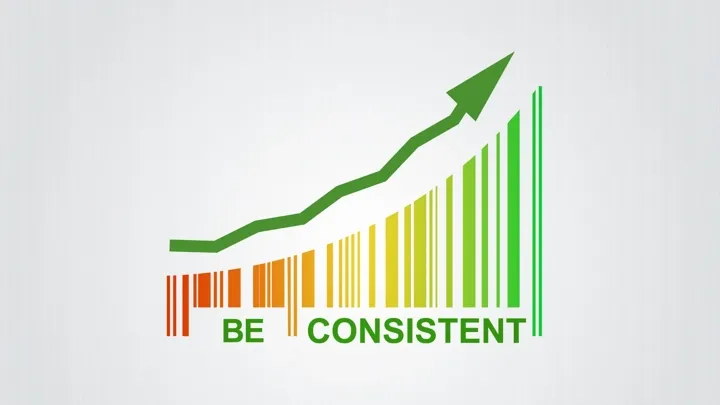
Since the recipients regularly find you in their inboxes, the chances of engagement increase. Moreover, you get an active list of responders, making it easier to clean your email list while removing inactive accounts.
6) Avoid Using Free Sender Domains:
Since the technology is evolving, top email marketers advise newbies to use a dedicated and owned domain for sending business emails. It means you should avoid free email domains like Google and Yahoo.
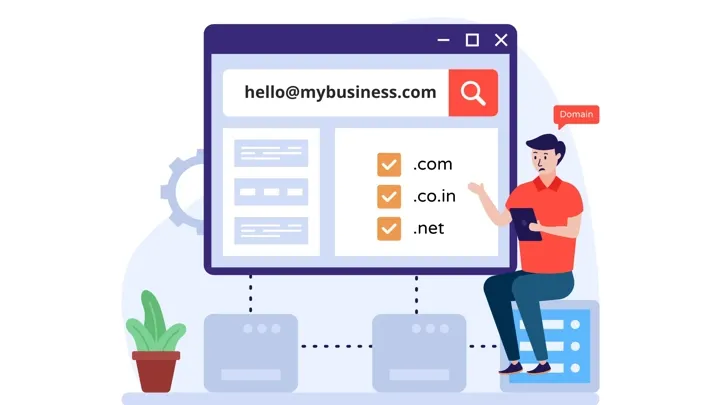
When you use an owned domain, your email address looks somewhat like hello@mybusiness.com. It looks way more effective and trustworthy to the recipient. Moreover, there is a stamp of legitimacy, and your chances of getting blacklisted reduce significantly.
7) A/B Test Emails:
While launching an email marketing campaign, you would see certain emails work better than others. Critical elements like subject lines, CTAs, and email copies should be tested regularly to determine which phrases and features are getting the best responses from the subscribers.
This is the core idea of A/B testing the emails where you send two different emails to two different groups of recipients. Once they reach the recipients, you observe the responses and efficiency of both the emails and the one that's performing better can be used as a final email for the entire marketing campaign. This helps you find out what is working and what is not, and you can improve your subscribers' engagement accordingly.
8) Clear the Hard Bounced Emails from Your List:
Cleaning up the hard-bounced email addresses from your email list is crucial. The hard-bounced email addresses are usually inactive or incorrect and shouldn't be kept in your email list for long as they impact the effectiveness of your marketing campaign. The emails you send to these addresses never reach them, and hence it is a waste of time and effort.
Deleting the hard-bounced email addresses from your list keeps the whole list active and healthy while also helping you to maintain a low bounce rate. You can use one of the many online tools to detect such emails. It helps in achieving the best output from your email marketing campaigns.
9) Create a Signup Form that has an Effective Captcha System:
Captcha systems are unique online detectors that detect spam accounts or bots that can sign up and pollute your email list. You are protected from these online manipulators and have a genuine and healthy list of email addresses when you have one of those effective captchas alongside the signup form.

10) Be Informative About any Updates from the Subscribers:
It is common for a recipient to change their email address after some time due to different reasons. In such a scenario, you can directly ask your subscribers or recipients about these changes, including a change in their email address when they change their job. It will help you get their new email address. You can also ask them for any other important updates for your email list.
It ensures your email list is clean, updated, and healthy, and you can engage more with your active subscribers.
How to Calculate Email Bounce Rate?
Here's the formula for email bounce rate:
(Number of emails bounced / number of emails sent) x 100
For example, if you send a total of 2000 emails and 10 emails bounce back, then the email bounce rate will be 10 / 2000 x 100, which comes out to be 0.5%.
Types of Email Bounce:
Mainly, there are two types of email bounce; permanent and transient, which are further divided into different subtypes:
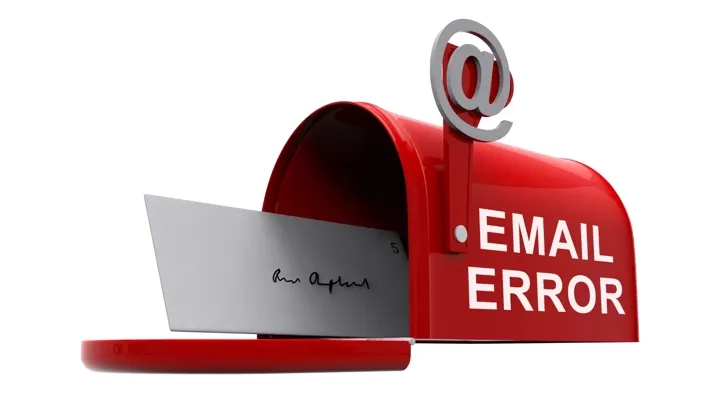
Subtypes under the permanent email bounce type:
1) General: In this type, a general hard bounce is received, and it is recommended to remove that email address from the list.
2) No Email: This type gets you a permanent hard bounce as the target email address does not exist. So you should remove that recipient from the email list.
3) Suppressed: In this case, the email address is suppressed since it shows a recent history of bouncing emails due to an invalid address.
Subtypes within the transient category:
1) General: This is a general bounce case and may be caused due to network or technical disruption. Hence, you can try resending the email.
2) Mail Box Full: In this type, usually, the recipient's inbox is full, and they cannot receive any further emails. You can easily resend it and get it delivered once the inbox is clean on the recipient's side.
3) Message Too Large: When the message is too large, the email usually gets bounced. You can easily resend it after you reduce the message size.
4) Content Rejected: In this case, the content is rejected, but you can easily resend it to the designated person after changing the email.
5) Attachment Rejected: In this case, the attachment of the email is rejected. You can resend this email after changing or removing its attachment.
Conclusion
Email bounce rate is a crucial parameter that determines the success of your email marketing campaigns. Therefore, keeping a close eye on it is important. If your emails are frequently bounced in significant numbers, it is high time to identify the problems and start working on them to create a healthy and active email list. If overlooked, your email bounce rate can adversely affect the deliverability of your emails, which means you will struggle to get the desired results. So keep it low.
